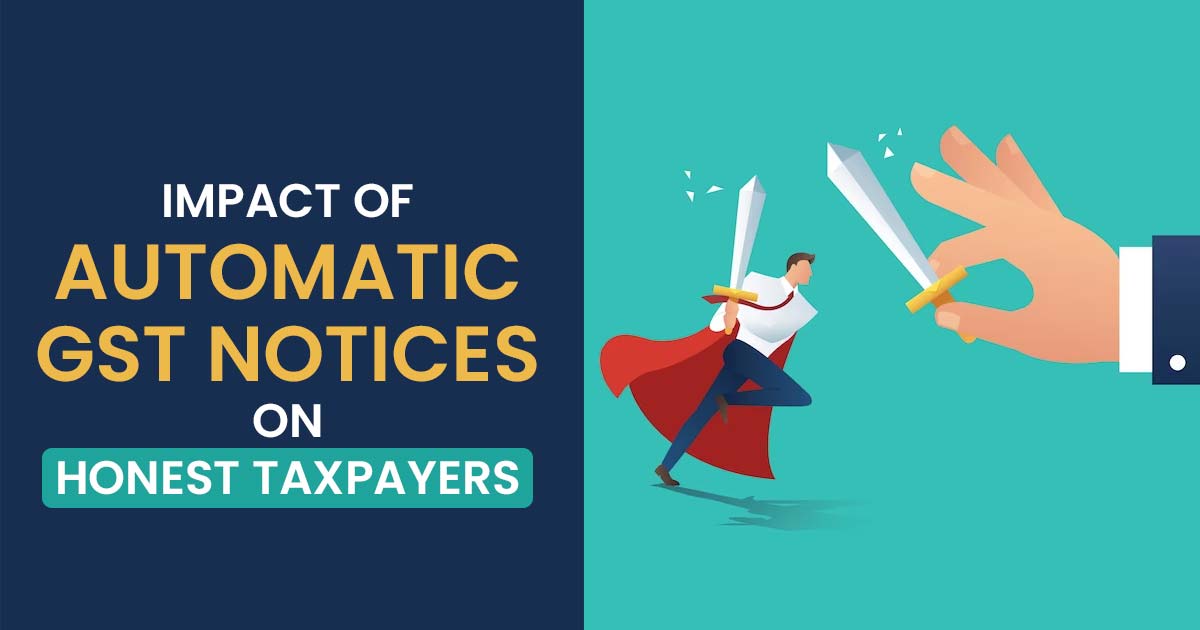
The installation of a digital platform under the GST system has transformed the process of tax assessments and compliance verification. The system now generates show-cause notes under GST automatically, in contrast to the pre-GST period when tax authorities would manually perform audits and issue notices based on their findings.
Why are System-generated GST Notices Sending?
The number of alerts sent to taxpayers has significantly increased as a result of this shift, all based simply on information obtained from their returns and declarations. The system-generated alerts may be sent for a number of reasons, such as anomalies in monthly returns, ITC reconciliation, variations between taxes owed and paid, overdue interest payments, and errors in the creation of Forms GSTR-1 and E-way bills.
The process of tax assessment has been improved via the use of the Goods and Services Tax Network (GSTN), to the advantage of both taxpayers and the government. The difficult task of developing a platform to satisfy the requirements of numerous parties, including taxpayers, tax agents, and governmental organizations, was handed to the GSTN. The platform must support functions including taxpayer migration from prior systems to GST, registration, tax filing, payment, refunds, and input tax credit validation. It must also be able to communicate with other systems, such as Customs.
Where to Download Auto-generated GST Notices?
Taxpayers get auto-generated notices through email at the registered address on file and can download them from the GSTN portal. These alerts are distributed without previous discussion or a chance for explanation and are based on data analysis. Unfortunately, this strategy frequently results in more lawsuits rather than increased money.
The GST has a number of interpreting challenges, which has led to an increase in litigation. The time, effort, and expense for taxpayers in responding to these warnings and appearing before tax officers have greatly increased, particularly after finishing time-consuming monthly/quarterly/annual compliance reporting.
Read Also: How to File Form GST REG-18 for Reply To Show Cause Notice?
Receiving letters requesting extra tax payments and data submissions is discouraging for honest taxpayers, especially in a setting where regular and extensive reporting is required.
Government’s Steps to Resolve GST Issues
In order to reduce litigation and allay taxpayers’ worries, the Indian government has taken a number of steps, including offering explanations on interpretational difficulties, adopting a new procedure to resolve Input Tax Credit objections, and eliminating fines and penalties for small infractions.
The Goods and Services Tax Appellate Tribunal (GSTAT), which does not exist, is under pressure due to the growth of system-generated notifications, which is overburdening the judges at the High Courts nationwide. It is recommended that a more effective strategy be used that allows for pre-notice communication in order to allay the concerns of sincere taxpayers.